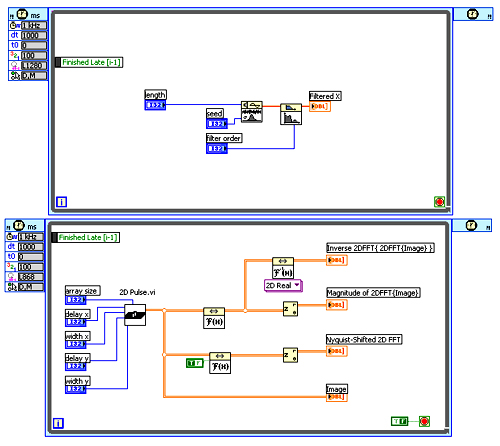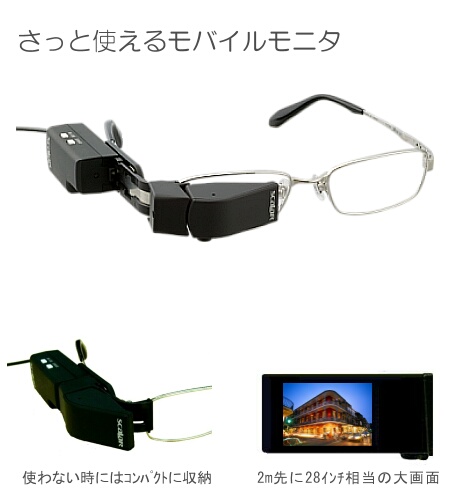Flash 10: Hydra and AIF (Adobe Image Foundation) and Hardware Rendering [ draw.logic ]
Thomas Menguy | October 4, 2007Flash 10: Hydra and AIF (Adobe Image Foundation) and Hardware Rendering [ draw.logic ]
Very interesting stuffs those days around UI. Adobe is PUSHING (is it big enough?) , and really trys to begin a direct MS WPF/SilverLight/.NET direct competitor… they even have a server part (for Flex).In this annoucement what I find particularly interesting is the following: From Adobe here is what AIF is:
The Adobe Image Foundation (AIF) Toolkit (…) includes a high-performance graphics programming language (…), codenamed Hydra, and an application to create, compile and preview Hydra filters and effects. (…). It currently ships in After Effects CS3 and will be used in other Adobe products in the future. The next release of Flash Player, codenamed Astro, will leverage Hydra to enable developers to create custom filters, effects and blend modes.
Hydra is a programming language used to implement image processing algorithms in a hardware-independent manner. Some benefits of Hydra include:
- Familiar syntax that is based on GLSL, which is C-based
- Allows the same filter to run efficiently on different GPU and CPU architectures, including multi-core and multiprocessor systems in a future update
- Abstracts out the complexity of executing on heterogeneous hardware
- Supports 3rd party creation and sharing of filters and effects
- Delivers excellent image processing performance in Adobe products
At last usage of hardware! and with the recent annoucement of AMD licensing some ATI hardware IP to Freescale and Qualcomm…. this is coming to mobile phone and perhaps faster than we think.
The only issue for me is … that I don’t see a real use beside video encoding/decoding for now ![]() , but it will come.
, but it will come.
Thomas














